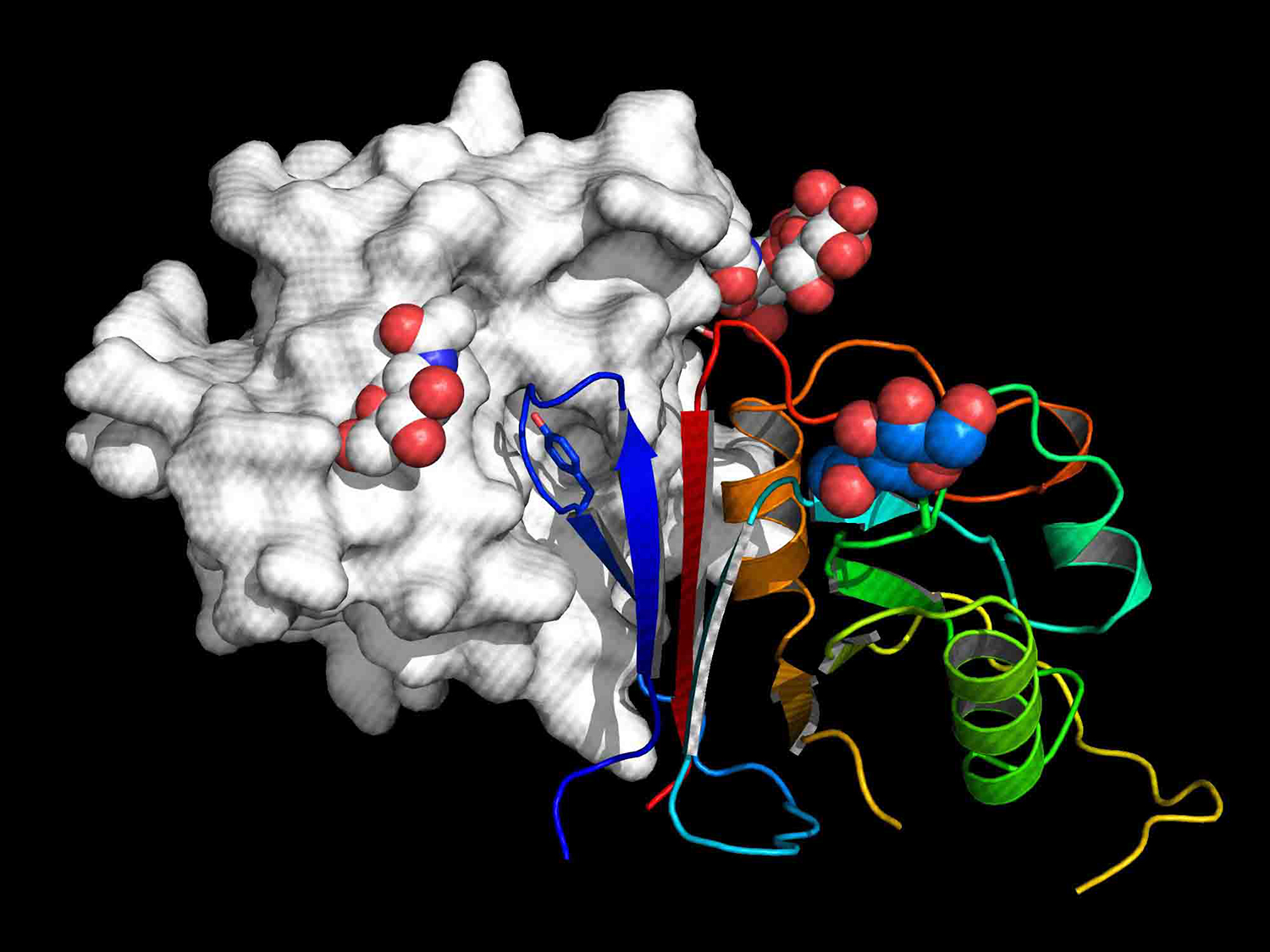
A group of scientists led by a team from the Weizmann Institute of Science has devised a decoy molecule that could lead to the treatment of viruses that cross over from animals to humans.
A host of disease-causing viruses, which are called arenaviruses, “lurk in animal populations in various parts of the world, sometimes crossing over into humans,” the Rehovot-based Weizmann Institute said in a statement. “When they do cross over, they can be lethal, and only very few treatments exist.”
The molecule, which is a decoy for these viruses, may keep them from spreading in the human body.
“Two disease-causing arenaviruses, known as Junín and Machupo, circulate through rodent populations, mainly in South America, and they can infect humans when people come in contact with infected rodents,” the Weizmann Institute said. “Similar to Ebola, these diseases can cause the body to ‘bleed out,’ and the only treatments, to date, are risky and complex, as they are taken from the blood of survivors.”
Dr. Ron Diskin, of the Weizmann Institute’s Structural Biology Department, told The Jerusalem Post on Wednesday that “viruses, in order to find their target cell, have to bond to a special molecule.”
“If we block their ability to find the molecule, they will basically be neutralized, and this is the essence of the molecule that we have developed,” he said. “We provide the viruses a decoy that they bind to very strongly, and by doing so, they are unable to find their target cells and will basically stop their ability to infect.”
“The conceptual idea is to use a special kind of decoy, which is made of the natural receptor that they typically see in their animal host reservoir,” Diskin said. “Those viruses typically circulate in animal reservoirs, and they transmit to humans when they have an opportunity: when humans come into close proximity to these animals or come into contact with their secretions. So they are best adapted to their host, but they are opportunistic viruses that can also infect humans; they’re not adapted or optimized to infect humans.”
The molecule they created takes part in the recognition element of the receptor, he said, “but instead of using the human receptor, we are using the animal host version, [with] which we can achieve a much better binding and much more effective mimicry.”
Diskin said the cell receptor these viruses bind to is an “entry” protein.
“It’s a protein that is normally present in many different cells,” he said. “Any cell that divides needs to have this molecule [protein] on its surface because it has a very important biological function.”
The viruses “hijack this molecule and use it respectively for their biological function, and they evolve to bind [with] a specific region of this molecule – a certain domain that appears on this protein, which is a fairly large complex,” Diskin said. “And what we did is take this portion, this domain, out of the entire complex” and, using a special design and engineering, make it suitable.
“The big thing that we did was to use the rodent receptor, and not the human receptor, because it was a much better fit for the viruses,” he said.
After Diskin looked into how certain arenaviruses are able to move from rodents or other animals to humans, the team looked into how maybe the rodent cell receptors, which were a much better fit to the “entry” proteins on the viruses, could be used to intercept the viruses and lure them away from the human cells.
Dr. Hadas Cohen-Dvashi, a member of Diskin’s group, “surgically removed” the very tip of the rodent receptor to which the virus binds and engineered it onto part of an antibody. The newly resulting molecule was called “Arenacept.”
In collaboration with the group of Dr. Vered Paler-Karavani of Tel Aviv University, the researchers noted that Arenacept not only bound strongly to the viruses, it recruited parts of the immune system to mount an attack against the viral invasion.
“The next stages of testing took place in labs at the University of Texas and in the Pasteur Institute in France, which are equipped to test pathogens at the highest safety levels,” the Weizmann Institute said.
The Arenacept was pitted against human receptors in lab tests, simulating attacks by two of the real pathogenic viruses: the Junín and Machupo viruses.
The researchers found Arenacept to be highly effective at sticking strongly to the viruses before these viruses could bind to the human receptors, and as with the pseudoviruses, they noted the activation of the immune response.
“The idea of creating decoys from mammal [cell] receptors” could be “applied to all sorts of other diseases that cross to humans from animals,” Diskin said.
“This approach might be utilized to tackle other viruses that are transferred from animals to humans,” he said.
The study was reported in the most recent edition of Nature Communications.
